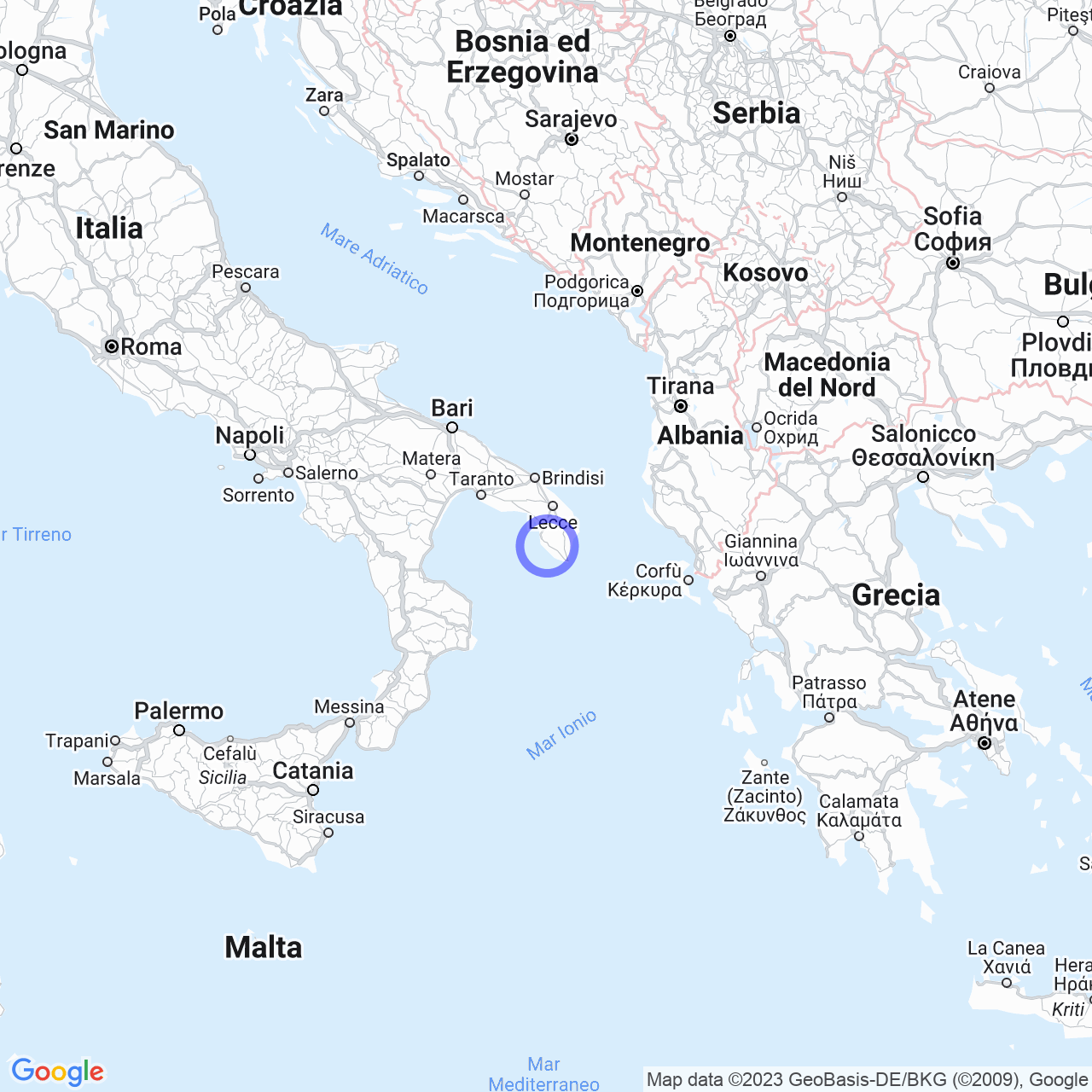Racale
History of Racale
The Municipality of Racale, located in Lecce province, is an ancient territory dating back to prehistoric times as evidenced by numerous archaeological findings in the area. Messapian, Greek and Roman populations have succeeded each other over the centuries leaving traces of their presence.
Origin of the name
Racale's name has several hypotheses regarding its origin, but the most accredited comes from the term "rubeus-calidus" which means "red-hot." This is because the town is situated on an iron-rich soil giving a reddish color to the rocks. Additionally, the south-western Salento peninsula, where Racale is located, is characterized by a Mediterranean climate with hot and humid summers.

The city title
Since 1999, the Municipality of Racale has been proclaimed a city in Italy, awarded by the Decree of the President of the Republic. This recognition was granted because of the historical and cultural importance of the area, its strategic location, and economic activities carried out there.
Physical Geography of Racale
The territory of Racale extends over an area of 24.47 square kilometers in the southwestern part of the Salento peninsula, and also includes the coastal town of Torre Suda. The municipal house is located at an elevation of 55 meters above sea level, and the town is situated in a vast depression of the terrain called "Piana di Racale." Here, at the foot of the "Hill of Mirrors," numerous archaeological relics are found.
Orographic profile
The Racale territory is characterized by the modest elevations of the Salento hills, which range from 0 to 104 meters above sea level. On the Ionian sea-side, the municipality features a rocky and low coastline. Meanwhile, on the borders with the territory limits is the town of Castelforte.
Climate
From a meteorological point of view, Racale has a Mediterranean climate with mild winters and hot and humid summers. The average temperature of the coldest month (January) is approximately 9°C, while that of the warmest month (August) hovers around 25.1°C. The average annual precipitation is about 676 mm, with peak rainfall in autumn-winter and minimum precipitation in spring-summer.
Economy of Racale
The Municipality of Racale is a region with a strong propensity for shoe-making, as evidenced by the National Observatory of Italian Districts. In past years, it was one of the largest centres dedicated to the production of socks. Today, the area's economy has diversified, but the footwear industry remains an important resource.
Tourism in Racale
The Municipality of Racale is a popular tourist destination for the beauty of its beaches and its strategic location. Racale's coast, characterized by a rocky and low coastline, is ideal for those seeking crystal-clear sea and tranquility. Among the most famous beaches are Lido Pizzo, Punta della Suina, and Torre San Giovanni.
Events and traditions in Racale
The Municipality of Racale has a strong culinary tradition linked to the Salento cuisine. Among its most famous specialties are orecchiette and friselle. The area is also rich in cultural and religious events, such as the Feast of San Rocco, which is celebrated on August 16th with a procession through the streets of the town, and the Miracle Festival, which takes place in October and commemorates the miraculous healing of the head of Racale's guard's son.
Conclusions
With its millennia-old history and strategic location, the Municipality of Racale is a popular tourist destination. The ancient territory has been inhabited by populations that have left traces of their presence, such as numerous archaeological finds. Today, the economy is diversified, but the footwear industry remains an important resource for the area. Additionally, Racale has a strong culinary tradition and numerous cultural and religious events that make it even more fascinating.
